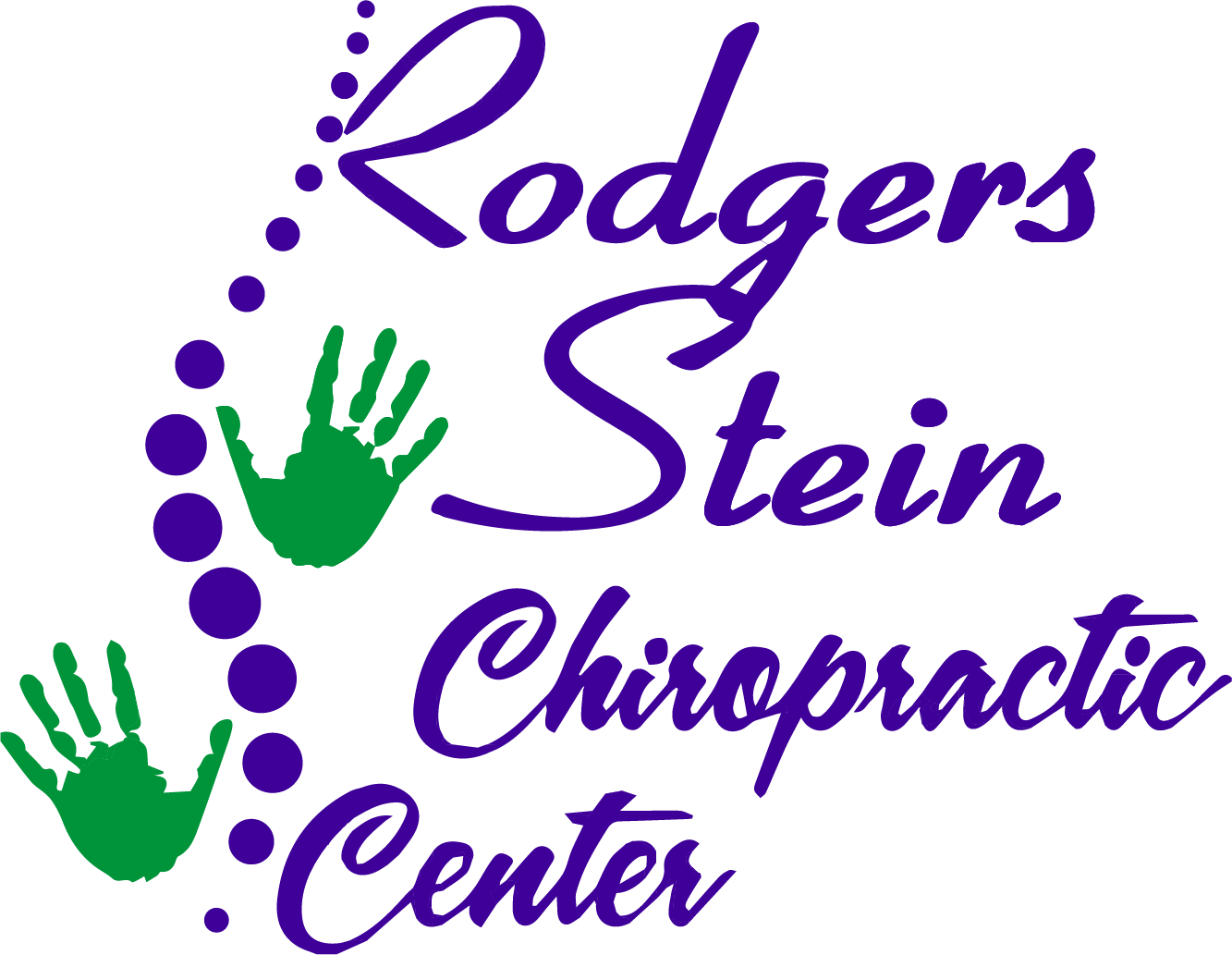You might not realize it, but your posture plays an essential role in your overall health. By simply adjusting how you sit, stand, and move, you can alleviate discomfort and enhance your body's function. Poor posture can lead to a host of issues, from chronic pain to decreased confidence. So, what if you could transform not just your posture but your health as a whole? The journey starts with understanding the science behind posture, and you may be surprised by what you discover next.
The Science of Posture
When you think about posture, consider how it affects not just your appearance but also your overall health. Good posture aligns your body in a way that promotes efficient movement and reduces strain on muscles and joints. When you sit or stand up straight, your spine maintains its natural curves, which helps distribute your body weight evenly. This alignment minimizes the risk of injuries and chronic pain.
Your posture influences how your internal organs function, too. For instance, slouching can compress your lungs and digestive organs, making it harder for them to operate effectively. You may find that breathing deeply becomes more difficult, or that digestion slows down.
On the flip side, when you practice good posture, you open up your chest, allowing for better lung capacity and oxygen flow, which can enhance your energy levels and focus.
Additionally, proper posture plays a psychological role. Standing tall can boost your confidence and mood, while slumping can lead to feelings of fatigue or low self-esteem. This connection between body and mind underscores the importance of being mindful about how you hold yourself throughout the day.
Incorporating posture awareness into your daily routine can lead to significant improvements in your health. Whether you're working at a desk, exercising, or simply walking, paying attention to your posture can help you feel more comfortable and energized.
Common Posture Problems
You mightn't realize it, but common posture problems like slouching and tech neck syndrome can greatly impact your health.
Misalignment while sitting is another issue that many face, often without knowing the consequences.
Let's explore these problems and how they affect your overall well-being.
Slouching and Its Effects
Slouching, a common posture problem, can sneak up on anyone, leading to a host of physical issues. When you find yourself hunching over, whether at your desk or on the couch, your spine takes on an unnatural curve. This misalignment can lead to back pain, neck strain, and even headaches.
Over time, slouching can weaken your core muscles, making it harder to maintain good posture. You mightn't realize it, but your breathing can also be affected. Slouching compresses your lungs, restricting airflow and reducing oxygen intake. This can leave you feeling fatigued and less focused throughout the day.
Furthermore, poor posture can impact your self-esteem; standing tall can boost your confidence and make a positive impression on others. To combat slouching, it's important to be mindful of your posture. Set reminders to check in with your body, adjust your chair, or use ergonomic supports.
Incorporating stretching and strengthening exercises into your routine can also help reinforce good posture habits. Remember, making small changes today can lead to significant improvements in your overall health and well-being tomorrow.
Tech Neck Syndrome
In today's digital age, tech neck syndrome has become a prevalent issue for many, especially with the increased use of smartphones and computers.
You may find yourself frequently looking down at your devices, which can lead to discomfort and long-term posture problems. It's crucial to recognize the signs and take action to improve your neck and spine health.
To help you combat tech neck syndrome, consider the following tips:
- Hold devices at eye level: This reduces strain on your neck.
- Take regular breaks: Stand up, stretch, and move around every 30 to 60 minutes.
- Strengthen your neck muscles: Incorporate exercises that target your upper back and neck to improve posture.
- Be mindful of your posture: Keep your shoulders back and your head aligned with your spine throughout the day.
Misalignment in Sitting
Improving your sitting posture is essential for preventing discomfort and long-term health issues. When you sit slouched or with your legs crossed, you can strain your spine and muscles, leading to pain and fatigue. Most people don't realize that misalignment can create a domino effect, impacting everything from your neck to your hips.
To maintain proper alignment, keep your feet flat on the floor and your knees at a right angle. Your back should rest against the chair, supporting your natural curve. If you're sitting at a desk, position your monitor at eye level to avoid leaning forward. Remember to keep your shoulders relaxed and not hunched up towards your ears.
Frequent movement can also counteract the effects of prolonged sitting. Stand up, stretch, or take short walks every hour to reset your posture.
Consider using ergonomic furniture designed to support your body's alignment. By making these adjustments, you'll not only enhance your posture but also improve your overall well-being.
Health Benefits of Good Posture
Good posture is essential for overall well-being, as it plays a crucial role in maintaining physical health and enhancing daily functioning.
When you stand, sit, or move with proper alignment, you're not just looking confident; you're also reaping significant health benefits. By prioritizing good posture, you can experience improvements in various aspects of your life.
Here are some key health benefits of good posture:
- Reduced Pain: Proper alignment helps alleviate strain on your muscles and joints, minimizing back, neck, and shoulder pain.
- Improved Breathing: Good posture opens up your chest and lungs, allowing for deeper, more effective breathing. This can enhance oxygen flow and boost your energy levels.
- Enhanced Digestion: Sitting or standing up straight can aid in proper digestion by allowing your organs to function more efficiently without unnecessary pressure.
- Increased Confidence: Maintaining good posture can positively influence your mindset, making you feel more confident and self-assured in your interactions.
Tips for Improving Posture
To improve your posture, incorporating daily stretching exercises can make a significant difference.
Additionally, setting up an ergonomic workspace will help support your body throughout the day.
Let's explore these practical tips to enhance your posture and overall well-being.
Daily Stretching Exercises
Incorporating daily stretching exercises into your routine can greatly enhance your posture and overall well-being. Stretching helps relieve tension in your muscles, increases flexibility, and promotes better spinal alignment.
By dedicating just a few minutes each day to these exercises, you can make a significant difference in how you carry yourself.
Here are some effective stretches to evaluate:
- Chest Opener: Stand tall, clasp your hands behind your back, and gently pull your shoulders back and down. This opens up your chest and counteracts slouching.
- Cat-Cow Stretch: On all fours, alternate between arching your back (cat) and sinking it while lifting your head (cow). This mobilizes your spine and improves flexibility.
- Seated Forward Bend: While sitting with your legs extended, reach toward your toes. This stretch targets your hamstrings and lower back, alleviating tension.
- Neck Stretch: Gently tilt your head to one side, using your hand for added pressure. This relieves tightness in your neck, helping you avoid forward head posture.
Make these stretches a daily habit, and you'll notice improved posture and reduced discomfort over time.
Ergonomic Workspace Setup
Creating an ergonomic workspace is essential for maintaining good posture during long hours of sitting. Start by choosing a chair that supports your lower back. Adjust the height so your feet rest flat on the floor and your knees are at a 90-degree angle. Use a cushion if needed for added support.
Next, position your desk at the right height. Your elbows should also be at a 90-degree angle when typing. Keep your wrists straight and hands slightly elevated. A keyboard tray can help achieve this.
Place your monitor at eye level, about an arm's length away. This prevents you from straining your neck or leaning forward. If you use a laptop, consider a stand or a separate keyboard and mouse to create a more comfortable setup.
Don't forget about lighting! Confirm your workspace is well-lit to reduce eye strain. If possible, use natural light to brighten your area.
Finally, remember to take breaks. Stand up, stretch, or walk around every hour to keep your muscles engaged and prevent stiffness.
Exercises to Strengthen Posture
Strengthening your posture is essential for overall health, and incorporating specific exercises into your routine can make a significant difference.
Good posture not only helps you feel more confident but also reduces the risk of back pain and other health issues. Here are some effective exercises you can do to enhance your posture:
- Plank: This exercise targets your core, shoulders, and back. Start in a push-up position, keeping your body straight from head to heels. Hold for 30 seconds and gradually increase the duration as you progress.
- Wall Angels: Stand with your back against a wall. Raise your arms to make a "W" shape, keeping your elbows and wrists touching the wall. Slowly slide your arms up into a "Y" shape, then back down. Repeat 10 times to strengthen your upper back.
- Bird Dog: Start on all fours. Extend one arm forward and the opposite leg back while keeping your core engaged. Hold for a few seconds, then switch sides. This exercise enhances stability and balance, vital for good posture.
- Chest Opener Stretch: Stand tall and interlace your fingers behind your back. Gently pull your shoulders back and down while lifting your arms slightly. Hold for 15 to 30 seconds. This stretch counteracts the forward hunch caused by sitting.
Incorporate these exercises into your weekly routine, and you'll notice an improvement in your posture, leading to enhanced overall well-being.
Start small, stay consistent, and feel the benefits!
Posture in Daily Life
Paying attention to your posture throughout daily activities can make a big difference in how you feel. Whether you're sitting at your desk, standing in line, or even walking, your posture plays an important role in your overall health and well-being.
When you maintain a good posture, it reduces strain on your muscles and joints, which can alleviate discomfort and prevent injuries.
Start by being mindful of how you sit. If you're working at a computer, adjust your chair so that your feet are flat on the floor and your knees are level with your hips. Keep your back straight and your shoulders relaxed. It's easy to slouch, but correcting it can boost your energy and focus.
When standing, distribute your weight evenly on both feet. Avoid locking your knees, and engage your core to support your spine. This simple adjustment can help you feel more balanced and less fatigued throughout the day.
Even in your daily routines, like carrying groceries or lifting objects, remember to bend at your hips and knees instead of your back. This helps protect your spine and reduces the risk of injury.
Lastly, when you're walking, keep your head up, shoulders back, and take confident steps. This not only improves your posture but also enhances your mood and confidence.
Conclusion
By prioritizing good posture, you can transform your health in meaningful ways. With a better alignment, you'll reduce discomfort, enhance your breathing, and even boost your confidence. Start incorporating posture awareness into your daily routine and practice targeted exercises to strengthen your muscles. Remember, small changes can lead to significant improvements. So, take charge of your posture today, and enjoy the long-lasting benefits that come with it—your body and mind will thank you!



